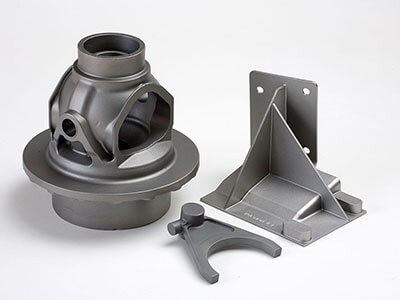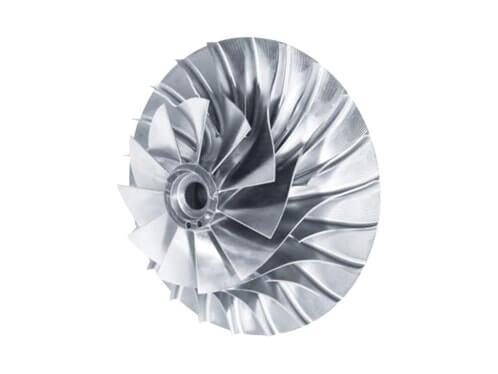Investment casting of complex precision parts requires high-quality equipment capable of achieving tight tolerances with great repeatable accuracy. Machinery and manufacturing processes must also handle large quantities quickly and seamlessly without compromising product quality.
In a traditional investment casting foundry, there is a lot of equipment that needs to be adequately cooled in order to work consistently at a higher efficiency. Among these, the highest demand for cooling equipment is in the wax pattern manufacturing process. In the following content, we will briefly describe the steps of wax pattern making and the choice of cooling equipment.
What is wax mold tooling?
Wax has proven to be a very effective material for rapid model making (both CAD and 3D printing methods) to represent the shape and geometry of the final part.
Using a wax injection tool, the shape of the wax is used to form a ceramic mold. A cavity is formed when the wax is removed; this cavity can later be filled with metal or other materials to form the part. There are several steps in the process of preparing the wax.
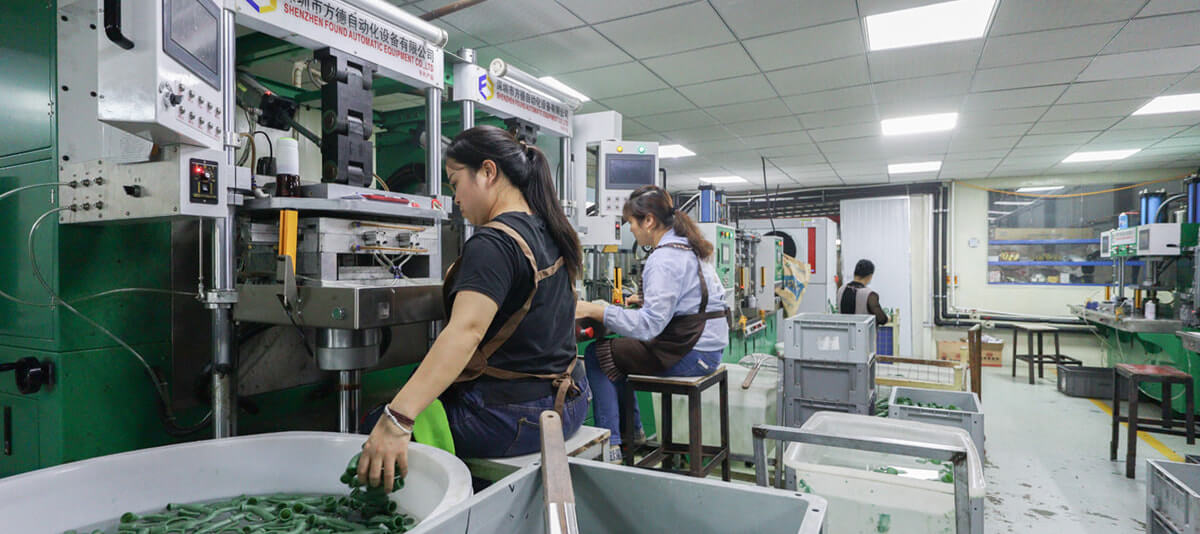
Conditioning of the wax
The wax pellets are melted in a holding tank before the liquid wax is injected into the mold’s cavity. Agitation helps to provide consistency when you mix the wax in the holding tank. The injected cavity is larger than the size of the final product to account for the shrinkage of the wax material and the casting metal. This document from IEEE(Institute of Electrical and Electronics Engineers) helps to calculate linear shrinkage using several variables and provides additional insight for creating wax injection tools.
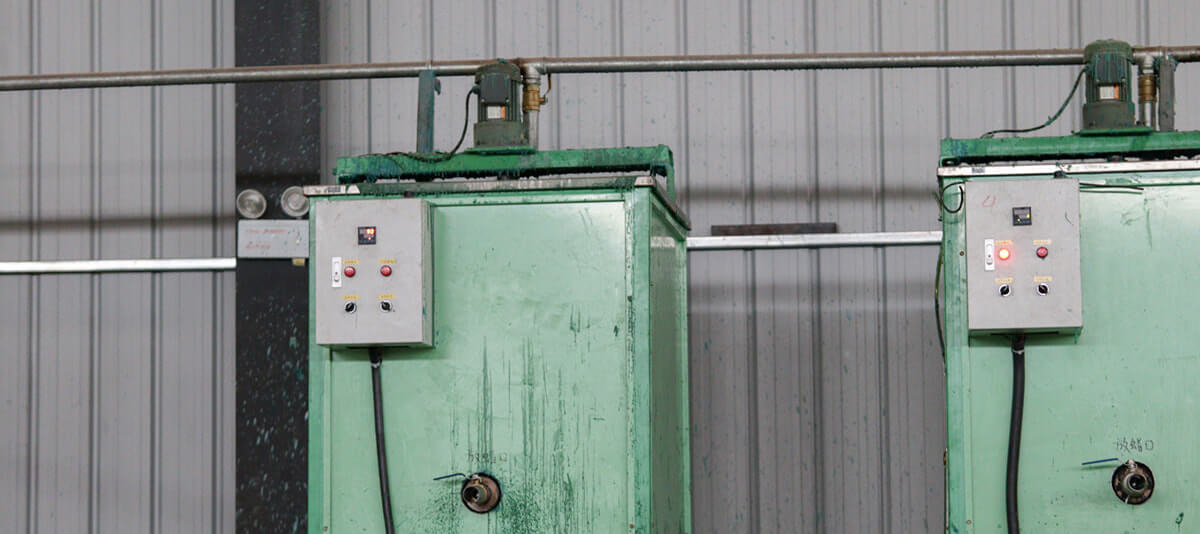
Pattern making
Vacuum-casting machines can be used to create wax patterns. However, during the injection molding process, the liquid wax is usually hydraulically moved from the tank into the injection cylinder. The tool is then closed. Next, a heated hose pushes the wax into the injection tool. It fills the cavity and solidifies to form an investment casting pattern, which is removed once the injection mold is opened and placed on a pallet. It is important to monitor the temperature and pressure of the system during this process.
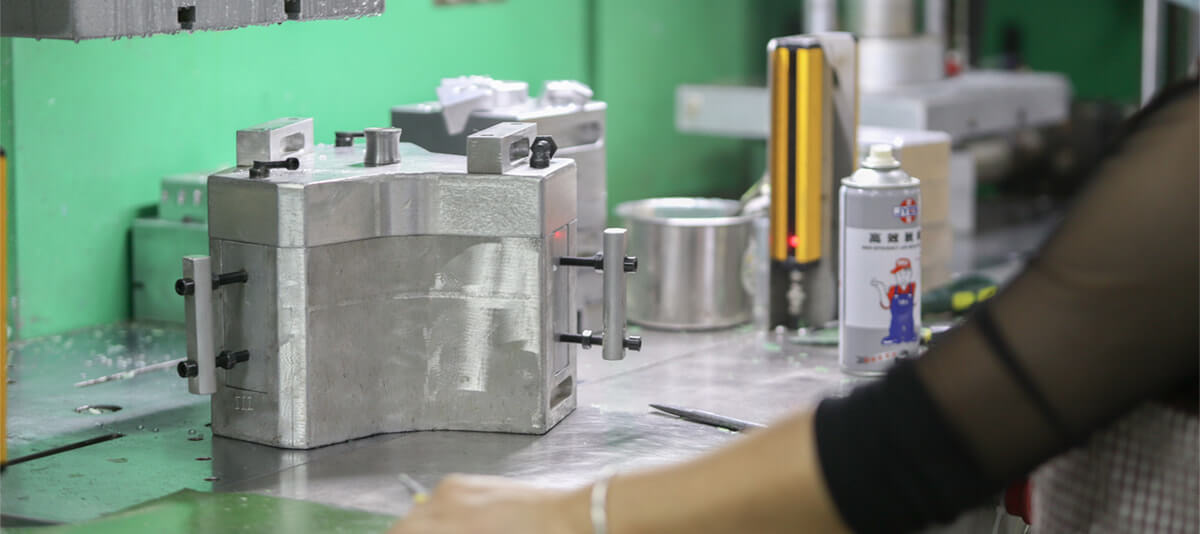
Cooling of the wax
The wax must be carefully removed from the cavity. It then needs to be cooled in order to keep its shape. Initially, the wax pattern is very soft and must be uniformly supported. A cooling fixture with the same details as the aluminum injection tool may be used. Sometimes, engineers may use spacers to prevent the wax from deforming as it cools, resulting in a higher-quality investment casting tool.
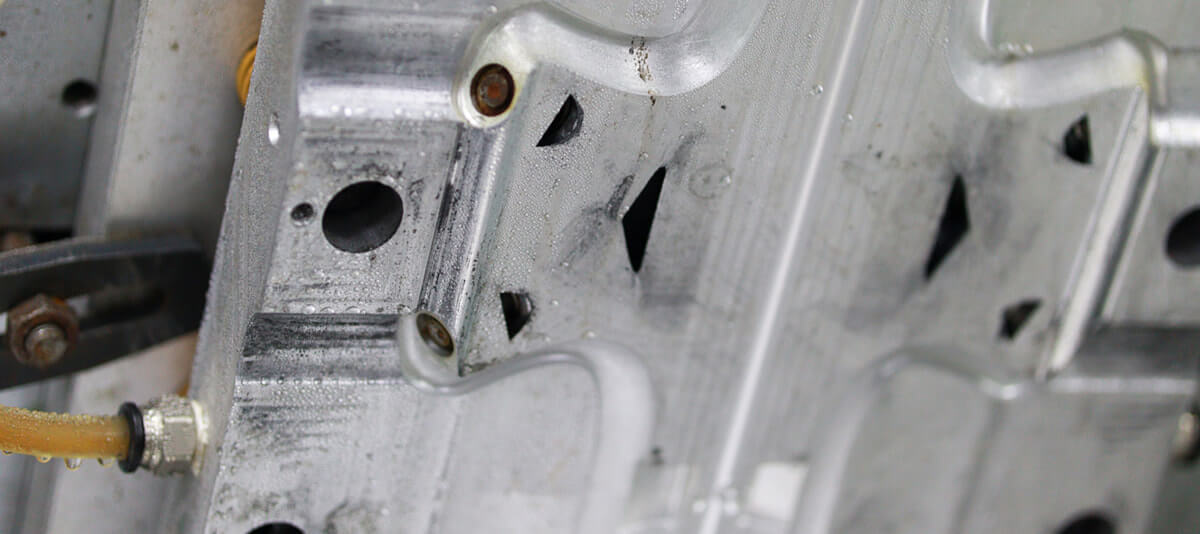
Wax pattern assembly
Each wax pattern is assembled onto a wax runner, which is later used to feed metal into the ceramic casting. There is a screw in the runner, which is used to fix a handle for the next shell-making process. When the wax is removed from the shell later, the ceramic cups will lock the ceramic mold and funnel the metal as it is poured in. The tool plate and frame assembly are modular so the material can be reused to produce more tools.
The selection of chiller for the wax injection process
If you fill and cool the mold too quickly, the quality of the product can be severely affected. If you fill and cool too slowly, production costs will increase. The key here is maximizing throughput – an appropriate injection molding chiller is vital.
In fact, we can regard a mold as a heat exchanger, where heat is transferred from the molten plastic to the mold, then transferred to a cooling medium (chilled water) that is constantly circulating, with only a small percentage entering the air and the platen of the injection molding machine.
As we all know, a significant portion of the plastic molding cycle is devoted to cooling, sometimes accounting for more than 80% of the plastic molding cycle, so it is absolutely necessary to keep the cooling time to a minimum.
Simple formula
a. In general, every 6 ounces of injection volume requires a 1HP chiller, for example:
- 100T (5.5OZS) × 3 units
- 150T (12OZS) × 4 units
- 200T (23OZS) × 3 units
The required chiller size is (5.5 × 3 + 12 × 4 + 23 × 3 )/6=22.25, that is, 25HP chiller is needed. When used for the cooling of other equipment, depending on the specific flow of the cooling water cycle to determine.
b. Or every 50 Ton capacity of injection molding machine requires 1HP cooling capacity(2.5-3kw).
SIPX CASTING: Reliable Casting Service for You
If you need more information about the tricks on how to make a wax pattern or how to choose the proper chiller, let SIPX help. Having expert advice during chiller selection gives you the edge over your competition. At SIPX, we boast of the best technicians and professional machinists who will choose the best solution for your project.
